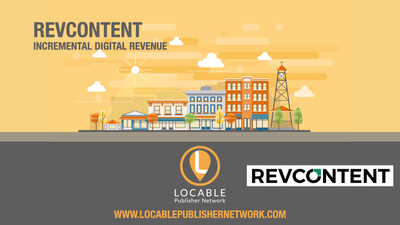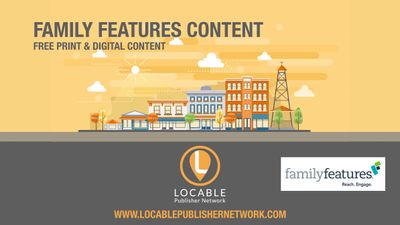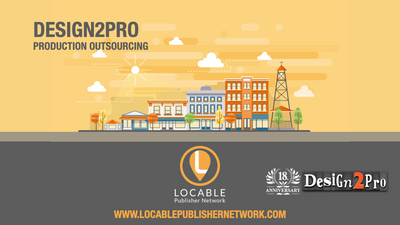5 Ways to Combine Print and Digital Media to Grow Your Brand

Print and digital media don’t have to be mutually exclusive. With a little extra planning and some creativity, it’s pretty simple to leverage print to grow digital and vice versa. Here are 5 of the most common ways to combine print and digital media and how and why you should (or shouldn’t) use them.
CTAs & Article Add-Ons
The simplest form of combining print and digital is by simply providing a call to action (CTA) in print that directs people to additional content or information online. A call to action can be something as simple as a few words like “Web Extra - Visit magazine.com” or something a bit more visual like the image to the right.
Taking things to the next level, there is a great opportunity to make money with what we call an article add-on. For example, let’s say you are running a story in print about a local charity race. You could approach your local sporting goods store and offer to run an integrated campaign that includes a 1/3 vertical ad running adjacent to the story, an online advertorial, a banner ad and a newsletter blast. Instead of a traditional ad, the ad could read something like the following:
Stateline Sports Thanks All Race Participants for Their Generosity
Visit magazine.com/race-tips for great pre-race advice and to ask our experts questions
The advertorial would be something like “5 Tips to Get Ready for the Big Race”. You could then promote it further online with a banner ad enticing people to ask questions and engage with brand and the sponsors. Lastly, you can leverage your email list to further promote the race and the sponsor.
By combing elements from different channels, including print and web, the advertiser will be able to support their community while branding themselves as local experts and gaining significant exposure for their brand. Using CTAs and Article Ad-Ons are the most straight forward way to combine print and digital media.
Check out our Pinterest page for more print-to-web examples.
Augmented Reality
First off, what is augmented reality? According to Shweiki Media, “Augmented Reality (AR) is the layering of media (video, music, text, picture, graphics, animation) on top of a live video feed or real world environment in real time to create an interactive experience.” Given that definition, it’s no surprise that augmented reality is all the rage right now. Video, interactive, and real time are buzz words that you hear all the time and augmented reality samples from all them and more.
Let’s take a look at a simple example that would be perfect for a tourism focused magazine. Let’s assume that you magazine is distributed to local hotels and B&B’s. You could approach one of these establishments and offer an augmented reality campaign which would include an ad in print and an augmented digital campaign that could list nearby restaurants, today’s events, or other local attractions. It could include videos, maps and even special offers from other nearby businesses.
The down side to augmented reality, of course, is that compared with some of the other options, it’s a bit more advanced but it is getting easier and easier to implement with tools like the one by Layar.
Make sure to check out these other great examples from Shweiki’s full article on how to “Bring Print to Life with Augmented Reality”.
QR Codes
QR codes, like the one listed to the right, have enjoyed a roller coaster like ride in terms of popularity. Advocates say it’s the easiest way to drive traffic to a specific page online without having to use unwieldy links in print. Pundits, however counter that it creates an unnecessary step without creating a lot of value. Go ahead! Try and use the QR code listed here. It will likely demonstrate whether you are an advocate or a pundit. My personal opinion is that there is a time and place where they make sense (like directling people to an Augmented Reality App) but typically I shy away from them in favor of more traditional CTAs and Article Add-Ons.
Social Promotions
Social promotions, like a sweepstakes or a voting contest, might not appear to be very conducive to combine print and digital media at first glance, but if designed the right way can provide a valuable asset for your publication.
For example, a contest with a prize to be on the next cover of the magazine would foster the kind of back and forth you desire since there is a reason to go online to enter as well as to pick up a print edition to see the final result. This is obviously a more involved example but it could be as simple as announcing the promotion in print before the contest and then congratulating the winners of the promotion in the next issue. In either situation, this provides a great opportunity to thank sponsors in print which allows you to charge a premium for your promotions.
Digital Editions
I’d be remiss not to mention digital editions. They inherently combine print and digital but they fail to drive engagement or create any true value for the publisher and little to no value for the advertisers. Readers have no incentive to read the digital edition because it exactly the same as print and if they do visit the website to look at it, it misses a huge opportunity to be engaging and interactive. Check out this video from Locable founder Brian Ostrovsky:




